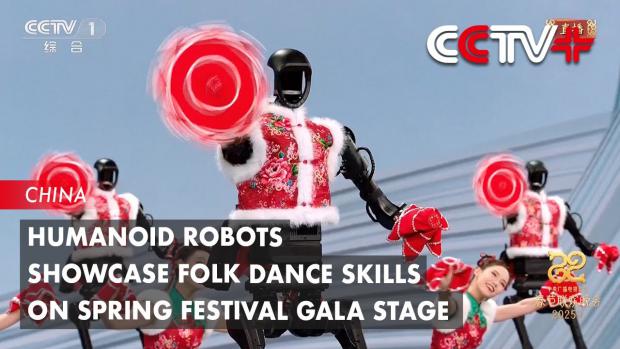
Breaking News
 James O'Keefe: My entire speech at AmericaFest 2025. We're not stopping. Join us to expose..
James O'Keefe: My entire speech at AmericaFest 2025. We're not stopping. Join us to expose..
 U.S. vs. Chinese Military Comparison – Focus on Asia-Taiwan Scenario
U.S. vs. Chinese Military Comparison – Focus on Asia-Taiwan Scenario
 DoJ Sues Four More States for Failing To Produce Voter-roll Data
DoJ Sues Four More States for Failing To Produce Voter-roll Data
 World's Largest Aviation Giant Abandons Google Over Security Concerns
World's Largest Aviation Giant Abandons Google Over Security Concerns
Top Tech News
 Perfect Aircrete, Kitchen Ingredients.
Perfect Aircrete, Kitchen Ingredients.
 Futuristic pixel-raising display lets you feel what's onscreen
Futuristic pixel-raising display lets you feel what's onscreen
 Cutting-Edge Facility Generates Pure Water and Hydrogen Fuel from Seawater for Mere Pennies
Cutting-Edge Facility Generates Pure Water and Hydrogen Fuel from Seawater for Mere Pennies
 This tiny dev board is packed with features for ambitious makers
This tiny dev board is packed with features for ambitious makers
 Scientists Discover Gel to Regrow Tooth Enamel
Scientists Discover Gel to Regrow Tooth Enamel
 Vitamin C and Dandelion Root Killing Cancer Cells -- as Former CDC Director Calls for COVID-19...
Vitamin C and Dandelion Root Killing Cancer Cells -- as Former CDC Director Calls for COVID-19...
 Galactic Brain: US firm plans space-based data centers, power grid to challenge China
Galactic Brain: US firm plans space-based data centers, power grid to challenge China
 A microbial cleanup for glyphosate just earned a patent. Here's why that matters
A microbial cleanup for glyphosate just earned a patent. Here's why that matters
 Japan Breaks Internet Speed Record with 5 Million Times Faster Data Transfer
Japan Breaks Internet Speed Record with 5 Million Times Faster Data Transfer
Unitree's bipedal robot shows off slick moves alongside human dancers

Last week, Chinese robotics company Unitree released a video showing 16 of its H1 humanoid robots busting moves alongside human dancers at a Spring Festival (or Chinese New Year) Gala event. They not only danced in sync with the beat and the human troupe, but each of them also flawlessly pulled off an incredibly challenging feat: spinning a handkerchief, throwing it, and catching it in motion.
This sleight of hand is a highlight of the Chinese folk dance, Yangge, and is said to require a ton of practice. And while the H1 performance isn't the first time we've seen a bipedal robot dance, it's probably the most impressive example yet.
Unitree's clip above includes footage of the bots in a rehearsal space and on a stage. In the video from Chinese news agency CCTV below, you can see the H1s perform live in front of an audience at the 'Chunwan' Spring Festival gala in Beijing.
According to the company, this was the world's "first large-scale, fully AI-driven and fully automated cluster humanoid robot performance in history."

 Advanced Propulsion Resources Part 1 of 2
Advanced Propulsion Resources Part 1 of 2

